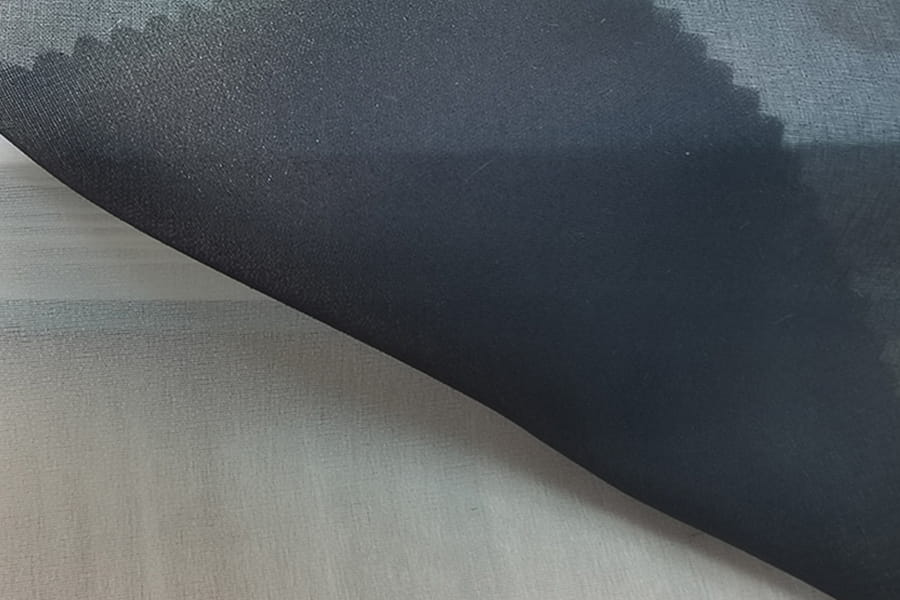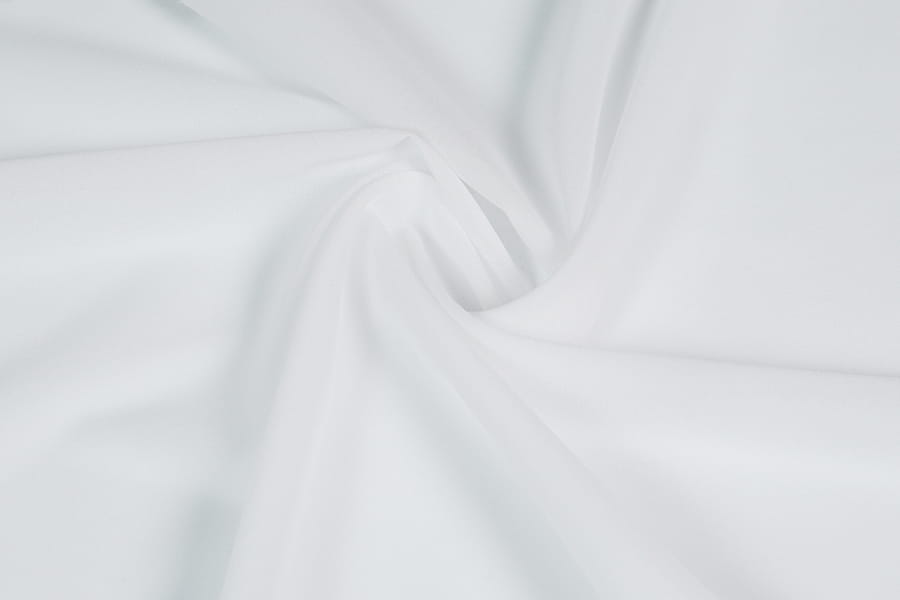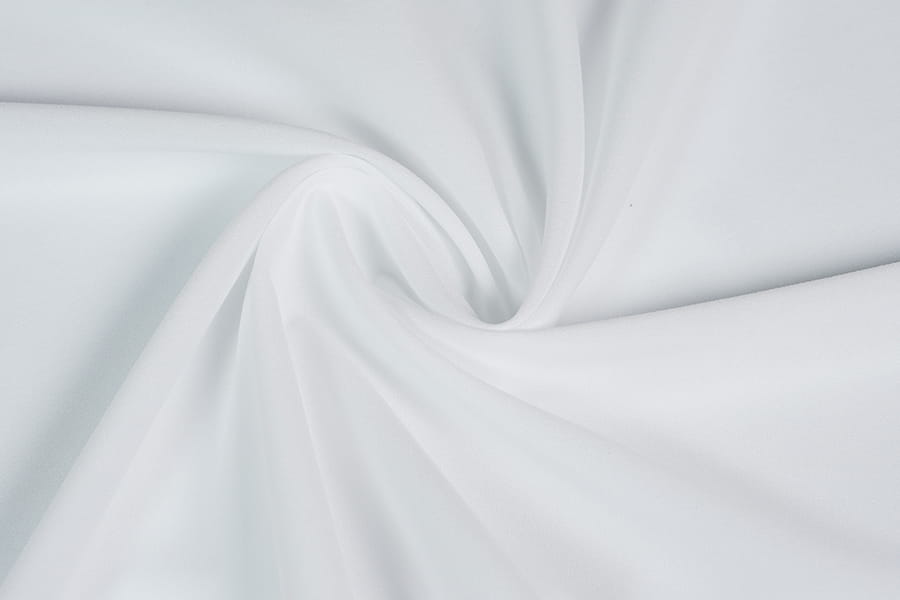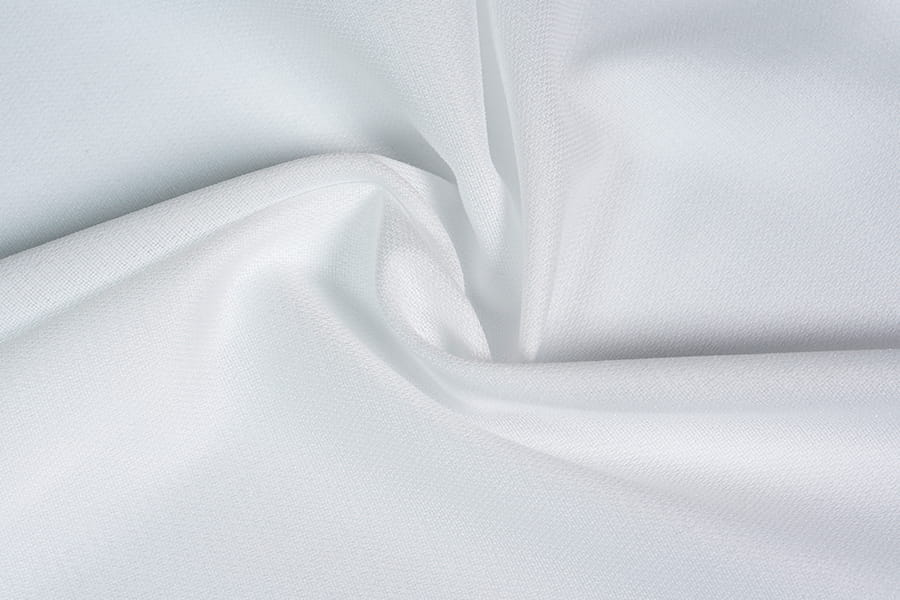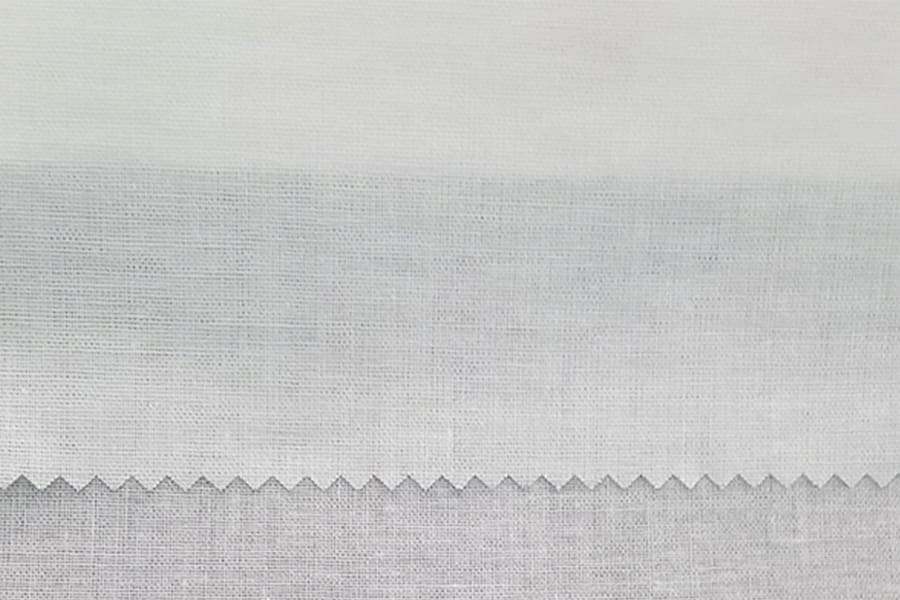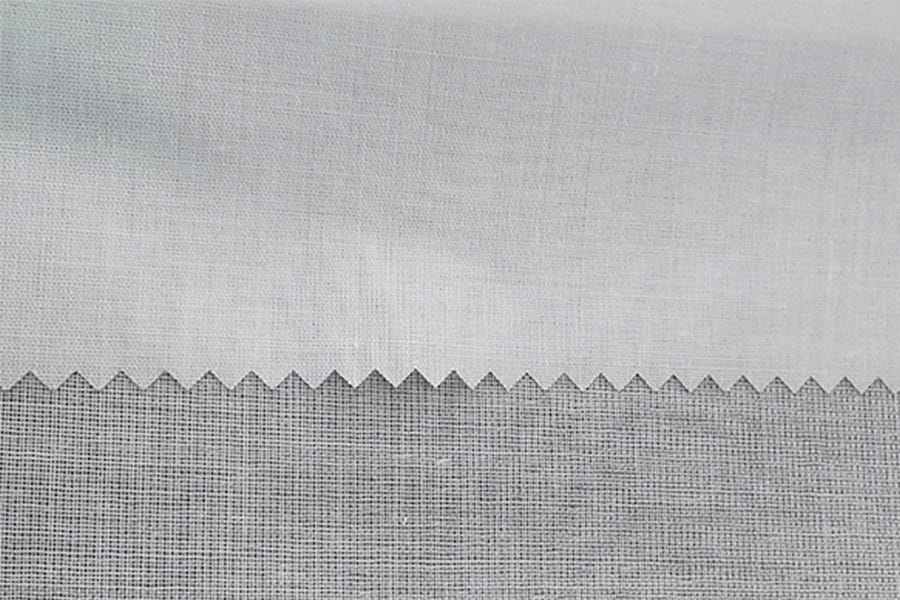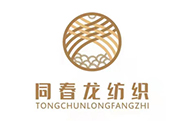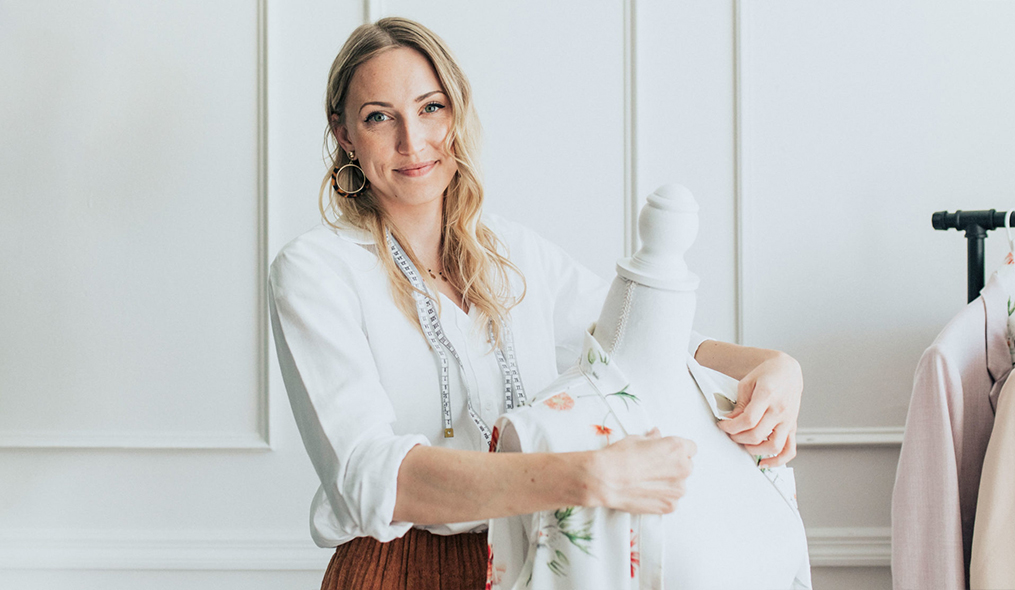Fabric selection is crucial in fashion design, as it directly impacts the comfort, appearance, durability, and functionality of garments. Knitted fabrics and woven fabrics are two commonly used types of textiles, each with significant differences in structure, texture, and application.

1. Fabric Construction: Knitted vs. Woven
Knitted Fabric
Knitted fabrics are made by interlocking loops of yarn using needles. This process creates an elastic and flexible fabric structure. Knitted fabrics can be categorized into two main types: weft knitting (horizontal loops) and warp knitting (vertical loops). The former is more stretchable, while the latter is slightly less so.
Knitted fabrics are often used for casual, stretchable, and comfortable garments like t-shirts, sweaters, activewear, and leggings. Their flexible structure allows them to adapt to body movements, providing enhanced comfort for everyday wear and sports.
Woven Fabric
Woven fabrics, on the other hand, are made by interlacing two sets of yarns: warp (lengthwise) and weft (crosswise). These yarns are tightly interwoven to form a stable and non-elastic fabric structure. Common woven fabrics include cotton, linen, and denim.
Woven fabrics do not have significant stretch unless special elastic fibers are included in the weave. They are generally more rigid and structured, making them ideal for garments that require a more polished or tailored appearance.
2. Stretchability and Comfort
Knitted Fabric
One of the most notable features of knitted fabrics is their stretchability. Due to the looped structure, knitted fabrics can stretch in multiple directions, making them highly comfortable and suitable for garments that require flexibility, such as activewear, sportswear, and leggings.
The stretchability also makes knitted fabrics ideal for underwear and sleepwear, as they need to be soft and elastic for all-day comfort.
Woven Fabric
Woven fabrics, however, generally do not have stretch, except when elastic fibers (like spandex) are added. This lack of stretch results in a more rigid and structured garment. Woven fabrics are perfect for tailored garments such as suits, shirts, and dresses, which require form and structure.
3. Texture and Appearance
Knitted Fabric
Knitted fabrics are typically softer and more smooth, with a characteristic ribbed or looped finish depending on the type of knit. They are often seen as casual and comfortable, making them ideal for everyday wear and sportswear.
Knitted fabrics have a relatively matte finish and generally lack the polished appearance that woven fabrics can provide. The casual look is a defining feature of knitted garments, which are commonly used in t-shirts, sweaters, and athleisure wear.
Woven Fabric
Woven fabrics usually have a denser and more structured texture. Depending on the weave pattern, woven fabrics can appear smooth, rough, or even textured. Common woven fabrics like twill, silk, and denim have more pronounced shine or luster compared to knitted fabrics.
Woven fabrics are often associated with formal and tailored garments, as they provide a crisp and structured finish. They are commonly used for formal suits, blouses, and dresses, which require a more elegant and structured appearance.
4. Durability and Wearability
Knitted Fabric
Knitted fabrics are typically softer and more comfortable to wear, but they can be less durable than woven fabrics. The loops in the fabric are susceptible to snags, especially if the fabric is stretched or subjected to rough conditions.
However, knitted fabrics are still widely used for casual wear, especially in activewear and underwear, due to their lightweight and comfortable nature.
Woven Fabric
Woven fabrics are generally more durable and resistant to wear and tear. The tight interlacing of the warp and weft fibers makes woven fabrics highly resilient. This makes woven fabrics ideal for garments that need to withstand heavy use, such as outerwear, coats, and formal suits.
Woven fabrics are also less prone to deformation, which is why they are perfect for garments that need to maintain their shape over time.
5. Breathability and Insulation
Knitted Fabric
Due to the construction of knitted fabrics, they are usually more breathable compared to woven fabrics. For example, cotton and wool knitted fabrics allow moisture to evaporate, helping to regulate body temperature and keep the wearer comfortable in warm weather or during physical activity.
Knitted fabrics are commonly used for summer clothing and sports gear, where breathability and comfort are important.
Woven Fabric
While woven fabrics can be breathable, especially if made from natural fibers like cotton or linen, they are typically less breathable than knitted fabrics. However, woven fabrics provide better insulation, making them more suitable for cold weather garments such as coats, jackets, and winter wear.
Woven fabrics like wool and down-filled materials are excellent for keeping the body warm in colder conditions.
6. Uses in Fashion Design
Knitted Fabric
Knitted fabrics are used primarily in casual wear, activewear, and loungewear, due to their stretchability and comfort. They are perfect for garments that require flexibility, such as t-shirts, sweaters, leggings, and sports bras. Their elasticity also makes them ideal for underwear and sleepwear.
Woven Fabric
Woven fabrics are generally preferred for formal and tailored garments. They are used for shirts, dresses, blazers, skirts, and suits, as they provide structure and formality. Woven fabrics are also commonly used in home textiles, such as curtains and upholstery, because of their durability.
7. Care and Maintenance
Knitted Fabric
Knitted fabrics are generally easier to care for than woven fabrics, but they still require attention to avoid stretching or damage. Most knitted fabrics are machine washable, although delicate fibers like wool may require hand washing or dry cleaning. Knitted fabrics are also prone to pilling, especially synthetic fibers.
Woven Fabric
Woven fabrics typically require more care, particularly if they are made of delicate fibers. Fabrics like silk and wool need special care, such as dry cleaning or gentle washing. Woven fabrics are less prone to pilling but may require regular ironing to maintain a crisp appearance.
8. Cost and Production
Knitted Fabric
The production of knitted fabrics is generally more cost-effective due to their relatively simple manufacturing process. Knitting machines can produce large quantities of fabric with less labor-intensive effort, making knitted fabrics cheaper to produce in bulk.
Woven Fabric
Woven fabrics tend to be more labor-intensive to produce, especially when intricate patterns or finishes are involved. This results in higher production costs, particularly when higher-end materials or custom designs are used.
Comparison: Knitted vs. Woven Fabrics
| Feature | Knitted Fabric | Woven Fabric |
|---|---|---|
| Fabric Construction | Made from interlocking loops of yarn | Made from interlacing warp and weft yarns |
| Stretchability | High stretch, elastic | Low stretch, more rigid |
| Texture and Appearance | Soft, smooth, casual | Structured, formal, polished |
| Durability | Less durable, more prone to damage | More durable, resistant to wear |
| Breathability | More breathable, ideal for activewear | Less breathable, better for insulation |
| Use in Fashion | Casual wear, activewear, loungewear | Formal wear, tailored garments |
| Care and Maintenance | Easier care, but prone to pilling | Requires more care, less pilling |
| Production Cost | Lower cost, faster production | Higher cost, more labor-intensive |

 English
English 中文简体
中文简体 русский
русский Español
Español